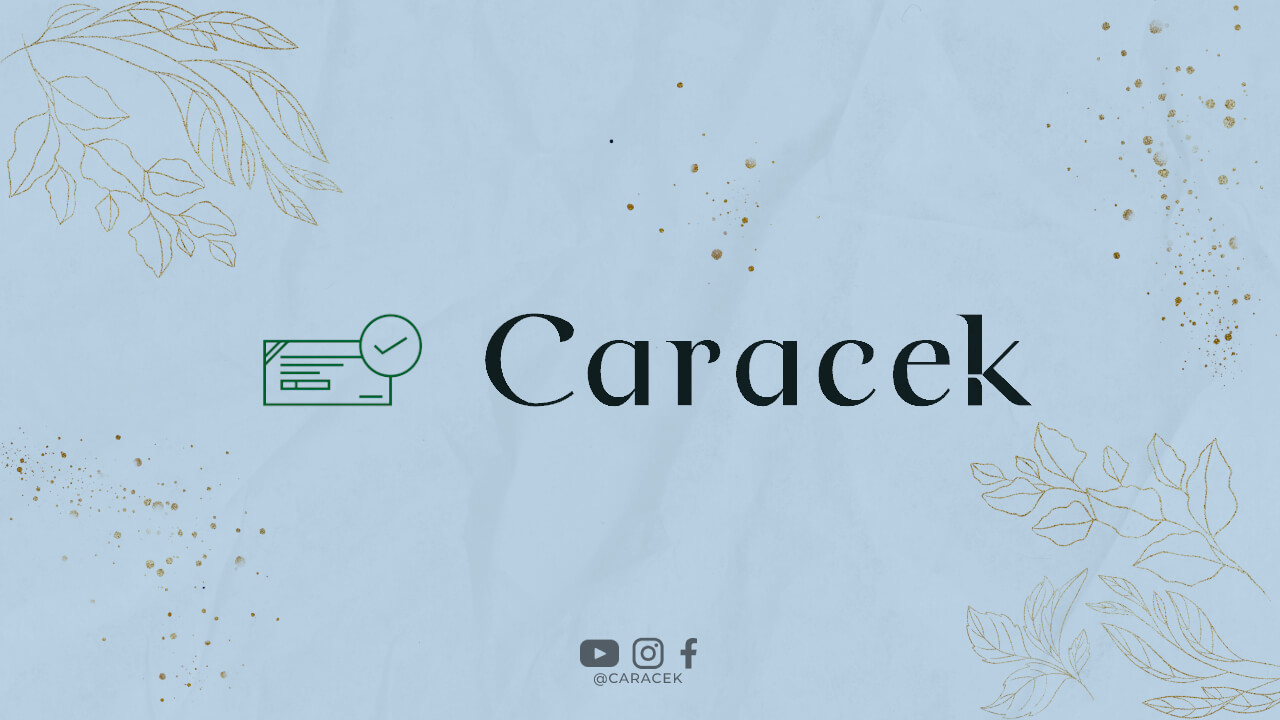Bruntusan is a common skin condition that many individuals experience at some point in their lives. These small, raised bumps can appear on various parts of the body, such as the face, neck, chest, and back. While they are not usually painful or itchy, they can be unsightly and cause self-consciousness. In this article, we will explore what bruntusan is, its causes, and effective ways to treat and prevent it.
What is Bruntusan?
Bruntusan, also known as closed comedones or skin bumps, are small flesh-colored or white bumps that appear on the skin’s surface. They are often described as tiny, hard plugs that clog the pores. Bruntusan is a type of acne and can be classified as a mild form of acne vulgaris.
These bumps occur when the hair follicles become blocked with dead skin cells, excess oil (sebum), and bacteria. Unlike open comedones (blackheads), bruntusan remain closed, hence the name “closed comedones.”
Causes of Bruntusan
Several factors contribute to the development of bruntusan. Here are the most common causes:
1. Excess Oil Production: Individuals with naturally oily skin are more prone to bruntusan. Excess oil can clog the pores and create an environment for the formation of closed comedones.
2. Hormonal Changes: Fluctuations in hormone levels, particularly during puberty, menstruation, or pregnancy, can trigger bruntusan. Hormonal imbalances can increase oil production and lead to clogged pores.
3. Poor Skincare Routine: Neglecting proper skincare, such as not regularly cleansing, exfoliating, or moisturizing the skin, can contribute to the development of bruntusan. Accumulated dead skin cells and dirt can block the follicles.
4. Cosmetics and Skincare Products: Certain makeup and skincare products that are comedogenic or contain pore-clogging ingredients can worsen bruntusan. It is important to choose non-comedogenic and oil-free products.
5. Genetics: Some individuals may have a genetic predisposition to bruntusan. If your parents or close relatives have a history of skin issues like acne, you may be more susceptible to developing bruntusan.
Treating Bruntusan
While bruntusan can be frustrating, there are several effective treatment options available. Here are some recommendations:
1. Gentle Cleansing: Wash your face twice daily with a mild, non-comedogenic cleanser to remove excess oil, dirt, and dead skin cells. Avoid harsh scrubbing or over-washing, as it can irritate the skin and worsen bruntusan.
2. Exfoliation: Regular exfoliation helps remove dead skin cells and unclog the pores. However, be cautious not to over-exfoliate, as it can cause skin irritation. Use a gentle exfoliator once or twice a week.
3. Topical Treatments: Over-the-counter creams or gels containing ingredients like salicylic acid or benzoyl peroxide can effectively treat bruntusan. These ingredients help unclog pores, reduce inflammation, and kill bacteria.
4. Avoid Touching the Face: Touching your face with dirty hands can transfer bacteria and worsen bruntusan. Resist the temptation to pick or squeeze the bumps, as it can lead to scarring and further infection.
5. Moisturize: While it may seem counterintuitive, moisturizing is crucial, even for individuals with oily skin. Choose lightweight, oil-free moisturizers to keep your skin hydrated without clogging the pores.
6. Professional Treatments: If over-the-counter treatments do not improve your bruntusan, consider consulting a dermatologist. They may recommend prescription medications, chemical peels, or other procedures tailored to your specific needs.
Preventing Bruntusan
Prevention is key when it comes to bruntusan. Here are some preventive measures you can follow:
1. Cleanse Regularly: Establish a skincare routine that includes cleansing your face twice daily. This helps remove excess oil, dirt, and impurities that can clog your pores and lead to bruntusan.
2. Avoid Heavy Makeup: If you wear makeup, choose non-comedogenic and oil-free products. Heavy foundation and powders can clog your pores and worsen bruntusan. Remember to remove your makeup thoroughly before bed.
3. Keep Hands Off: Avoid touching your face throughout the day, as it can transfer bacteria and dirt onto your skin. Be mindful of resting your chin or cheeks on your hands.
4. Healthy Diet: Eating a balanced diet rich in fruits, vegetables, and whole grains can contribute to healthier skin. Avoid excessive consumption of greasy, fried foods and sugary snacks, as they can exacerbate bruntusan.
5. Manage Stress: Stress can trigger hormonal imbalances and lead to breakouts, including bruntusan. Practice stress-management techniques such as exercise, meditation, or engaging in hobbies you enjoy.
Conclusion
Bruntusan is a common skin condition characterized by small, closed comedones on the skin’s surface. It can be caused by various factors, including excess oil production, hormonal changes, poor skincare routine, cosmetics, and genetics. Fortunately, bruntusan can be effectively treated and prevented through gentle cleansing, exfoliation, topical treatments, and maintaining a healthy skincare routine. If the condition persists or worsens, seeking professional advice is recommended. By understanding the causes and following preventive measures, you can achieve a clearer and healthier complexion.

